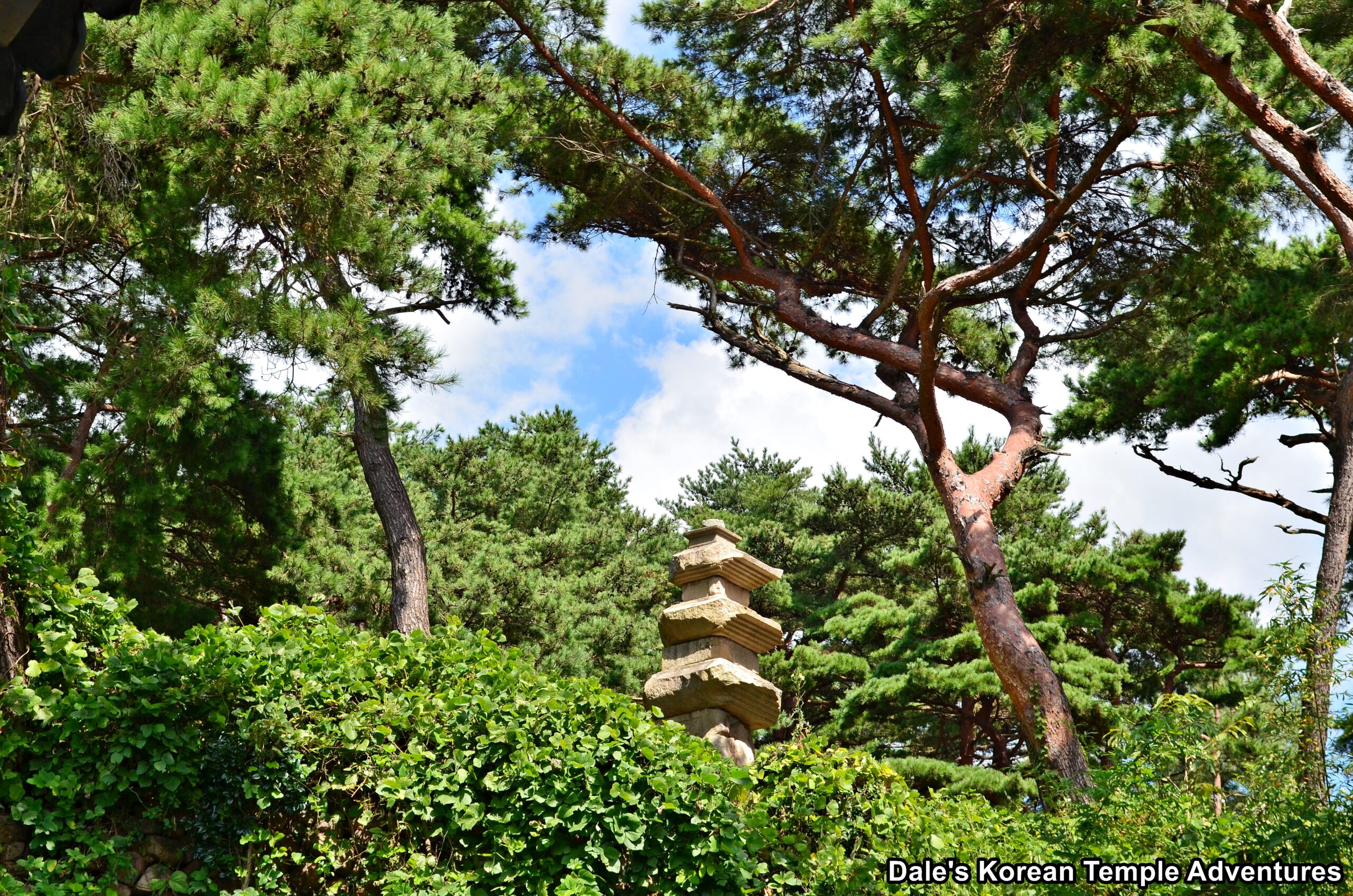
Temple History
Wonwonsa Temple is located in the southeastern part of Gyeongju and east of Mt. Bongseosan (360.8 m). Wonwonsa Temple was first built during Unified Silla (668-935 A.D.). The temple is believed to have first been built by the monks Anhye and Nangyung, who were esoteric Buddhist monks, as well as Kim Yu-sin (595-673 A.D.), Kim Ui-won and Kim Sul-jong. In fact, and alongside Sacheonwangsa Temple and Geumgwangsa Temple, Wonwonsa Temple was a leading esoteric Buddhist temple during Unified Silla and the early part of the Goryeo Dynasty (918-1392). And much like other temples built at this time during the early part of Unified Silla like Gameunsa Temple and Mangdeoksa Temple, Wonwonsa Temple was a place for people to pray for national security. In fact, Wonwonsa Temple is located in the spot that blocks enemies from invading from the east by way of the sea. Gwanmun Mountain Fortress was made to defend against enemies coming from the East Sea, and it stands near Wonwonsa Temple. So Wonwonsa Temple acted as a spiritual defence against invading forces, and Gwanmun Mountain Fortress was made to physically resist any and all invaders.
Wonwonsa Temple remained as a temple up until the late Joseon Dynasty (1392-1910). The current configuration of the temple was recently constructed. The older temple site for the Wonwonsa-ji Temple Site is located slightly to the east, where you’ll find the East and West Three-Story Stone Pagodas at the Wonwonsa Temple Site, which is Korean Treasure #1429. These two pagodas were restored by the Japanese during Japanese colonial rule (1910-1945). As for the Wonwonsa-ji Temple Site, it’s a Historic Site.
Temple Layout
As you first approach the temple grounds from the road, statues of the Four Heavenly Kings will greet you. Passing by these rather large stone statues, you’ll next make your way through the temple parking lot and up a set of stairs that guide you towards the Cheonbulbo-jeon Hall. Just to the right of these uneven stairs is a large image of Podae-hwasang (The Hempen Bag).
Having finally climbed the set of stairs, you’ll be welcomed to the main temple courtyard by the Cheonbulbo-jeon Hall. The main hall is fronted by a pair of ferocious stone lions and a bronze incense burner. Also, there are two tall statues book-ending the front of the Cheonbulbo-jeon Hall. They are of Jijang-bosal (The Bodhisattva of the Afterlife) to the left and Gwanseeum-bosal (The Bodhisattva of Compassion) to the right. The exterior walls to the Cheonbulbo-jeon Hall, on the other hand, are adorned with a set of elegant Shimu-do (The Ox-Herding Murals). And rather uniquely, there is a monkey-like image sitting on top of a decorative dragon’s head on the left rear corner of the main hall’s eaves.
Stepping inside the Cheonbulbo-jeon Hall, you’ll be greeted by three rows of smaller sized statues backing the main altar triad. These images are gold, white, and bronze coloured statues, and they represent various Buddhas. As for the triad of statues on the main altar, it’s centred by Birojana-bul (The Buddha of Cosmic Energy). And this central image is joined on either side by Seokgamoni-bul (The Historical Buddha) and Nosana-bul (The Perfect Body Buddha). Rounding out the interior of the Cheonbulbo-jeon Hall is a nice Shinjung Taenghwa (Guardian Mural) on the left wall.
To the rear of the main hall, and to the left, is the Samseong-gak Hall. Housed inside this shaman shrine hall are wood reliefs dedicated to Chilseong (The Seven Stars), Sanshin (The Mountain Spirit), and Dokseong (The Lonely Saint). Rather interestingly, the Samseong-gak Hall also houses a mural dedicated to Indra and Brahma. Obviously both are Hindu gods; however, with the advent of Mahayana Buddhism, which Korean Buddhist is a part of, these two gods became guardians. So alongside such images as the Four Heavenly Kings, both Indra and Brahma are thought to be important guardians in Buddhism. These two central images of Indra and Brahama are then joined by the Sibiji-shin (The Twelve Spirit Generals) in a row at the bottom of the mural, as well as various other guardians that surround the central images of Indra and Brahma.
To the right of the Cheonbulbo-jeon Hall is a simplistic Jong-ru Pavilion. Housed inside this bell pavilion are the four traditional percussion instruments in Korean Buddhism. Also in this area of the temple grounds is the Myeongbu-jeon Hall. The rear side of the Myeongbu-jeon Hall is adorned with four frightening judgment murals. As for the interior of the Myeongbu-jeon Hall, you’ll find a solitary statue of Jijang-bosal sitting all alone on the main altar. He’s backed by a rather unique mural of himself, and Jijang-bosal is joined in this mural by the Siwang (The Ten Kings of the Underworld). To the right of the image of Jijang-bosal is a triad of statues centred by Amita-bul (The Buddha of the Western Paradise). Amita-bul, in turn, is joined by Gwanseeum-bosal and Daesaeji-bosal (The Bodhisattva of Wisdom and Power for Amita-bul). And hanging on the wall to the right of this triad is yet another Shinjung Taenghwa (Guardian Mural).
However, the real highlight to Wonwonsa Temple is the Wonwonsa-ji Temple Site to the east of the newly constructed temple grounds at Wonwonsa Temple. Up a set of stairs that’s situated between the monks’ dorms and the Myeongbu-jeon Hall is the former temple site. All that remains at the temple site are twin pagodas that are officially known as the East and West Three-Story Stone Pagodas at the Wonwonsa Temple Site. Both pagodas stand approximately seven metres in height, but were destroyed during the temple’s decline. They were subsequently restored by the “Society for the Preservation of Historical Relics in Gyeongju” during the fall of 1931. The twin pagodas are identical in both style and size. The lower part of the pagodas are adorned with the Sibiji-shin (The Twelve Spirit Generals) with three reliefs on each of the four sides. Each of the twelve images rest upon a stone lotus relief. And the first story of the three-story structure is adorned with the Four Heavenly Kings (one on each side). Unfortunately, the finial of the pagodas were largely damaged. It’s believed that pagodas date back to the mid-8th century. Additionally, it’s thought that these pagodas were the first to have reliefs of the Sibiji-shin on them. And between the pair of pagodas is a stone alms bowl similar to the one found at Tongdosa Temple, but smaller in size. Like the one at Tongdosa Temple, this alms bowl is believed to be made for Mireuk-bul (The Future Buddha) upon his return to Earth in the future.
How To Get There
From the Ulsan Intercity Bus Terminal, you can catch city Bus #1402 to the Taehwa-bangjik bus stop in Gyeongju. The bus ride lasts 34 stops, and it’ll take you just over an hour to get there. After being dropped off at this bus stop, you’ll then need to walk 3.3 km up a twisting road that is well-marked with Wonwonsa Temple signs. Other buses you can take to get to Wonwonsa Temple from Ulsan are Ulsan city Bus #112, #402, #412, and #702.
Overall Rating: 6.5/10
Obviously, the main attraction to Wonwonsa Temple is the Wonwonsa-ji Temple site and the pair of pagodas that date back to the 8th century. The stone reliefs that adorns these religious structures are stunning especially the Sibiji-shin. Other highlights at Wonwonsa Temple is the interior of the Cheonbulbo-jeon Hall, the Indra and Brahma painting inside the Samseong-gak Hall and the judgment murals that adorn the backside of the Myeongbu-jeon Hall. All-in-all, Wonwonsa Temple makes for a nice little getaway from the more famous temples in Gyeongju.
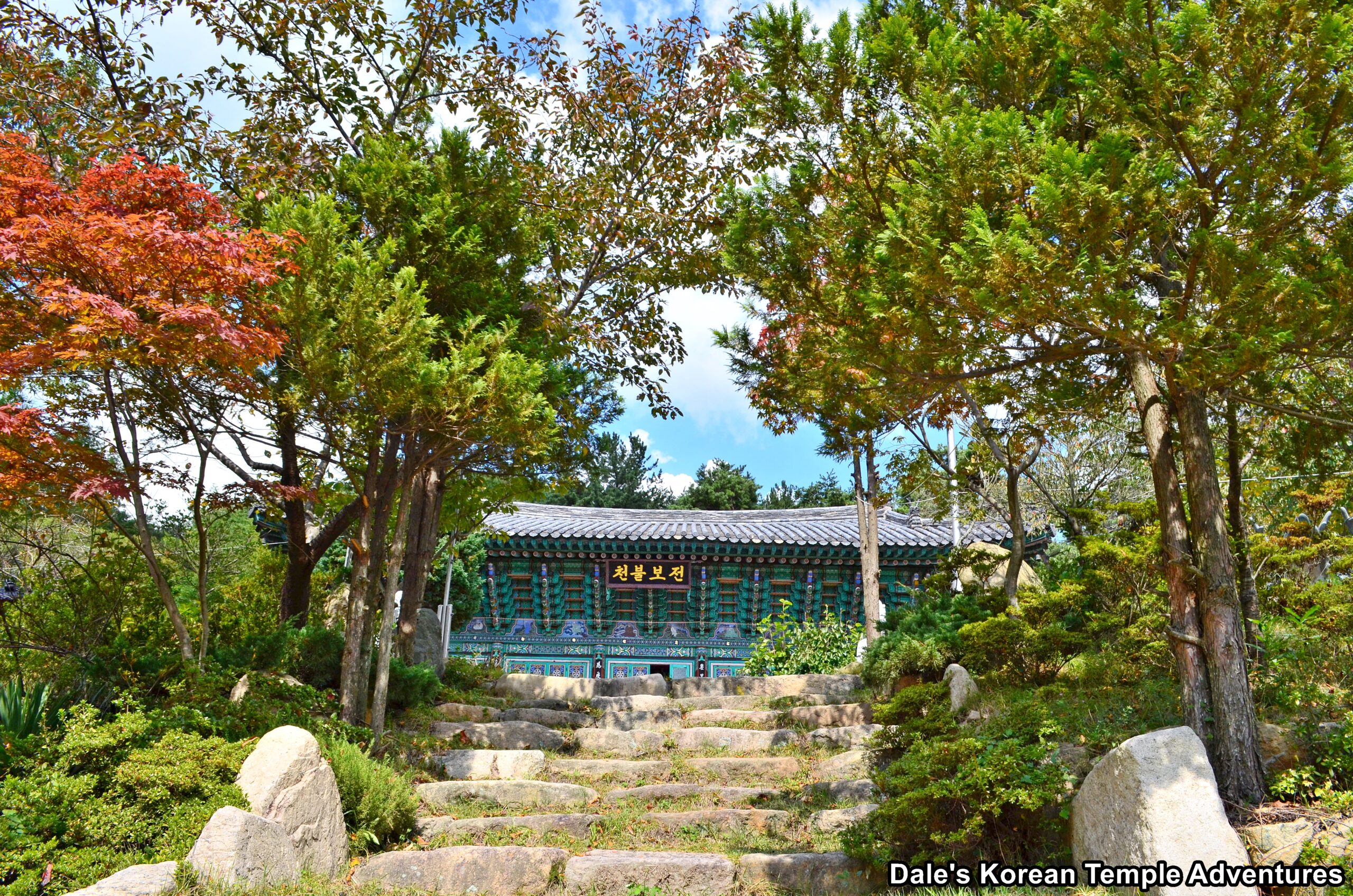
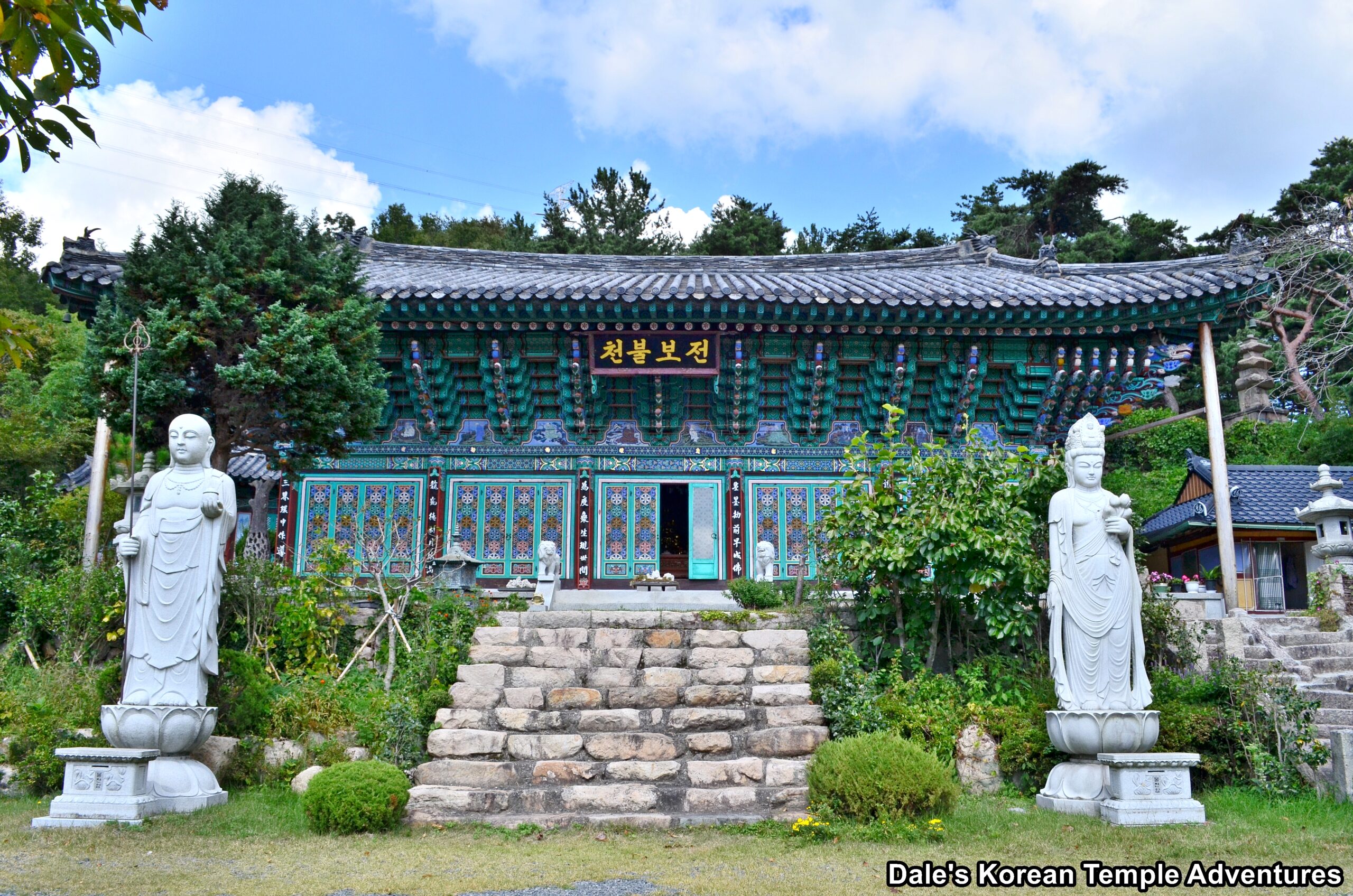
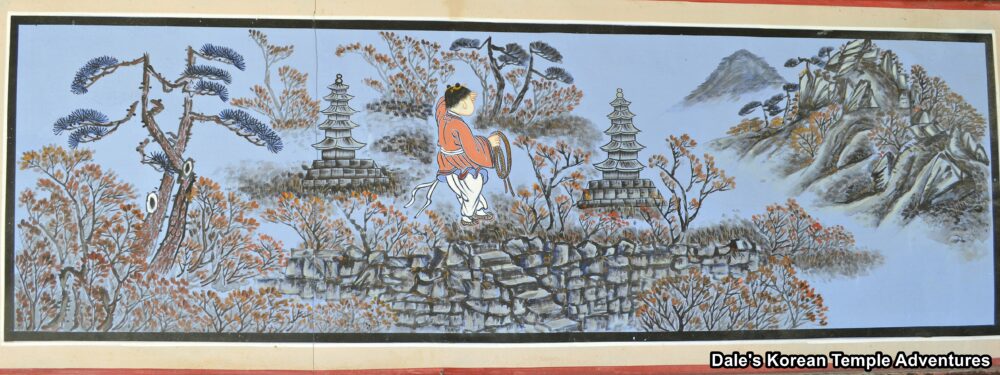
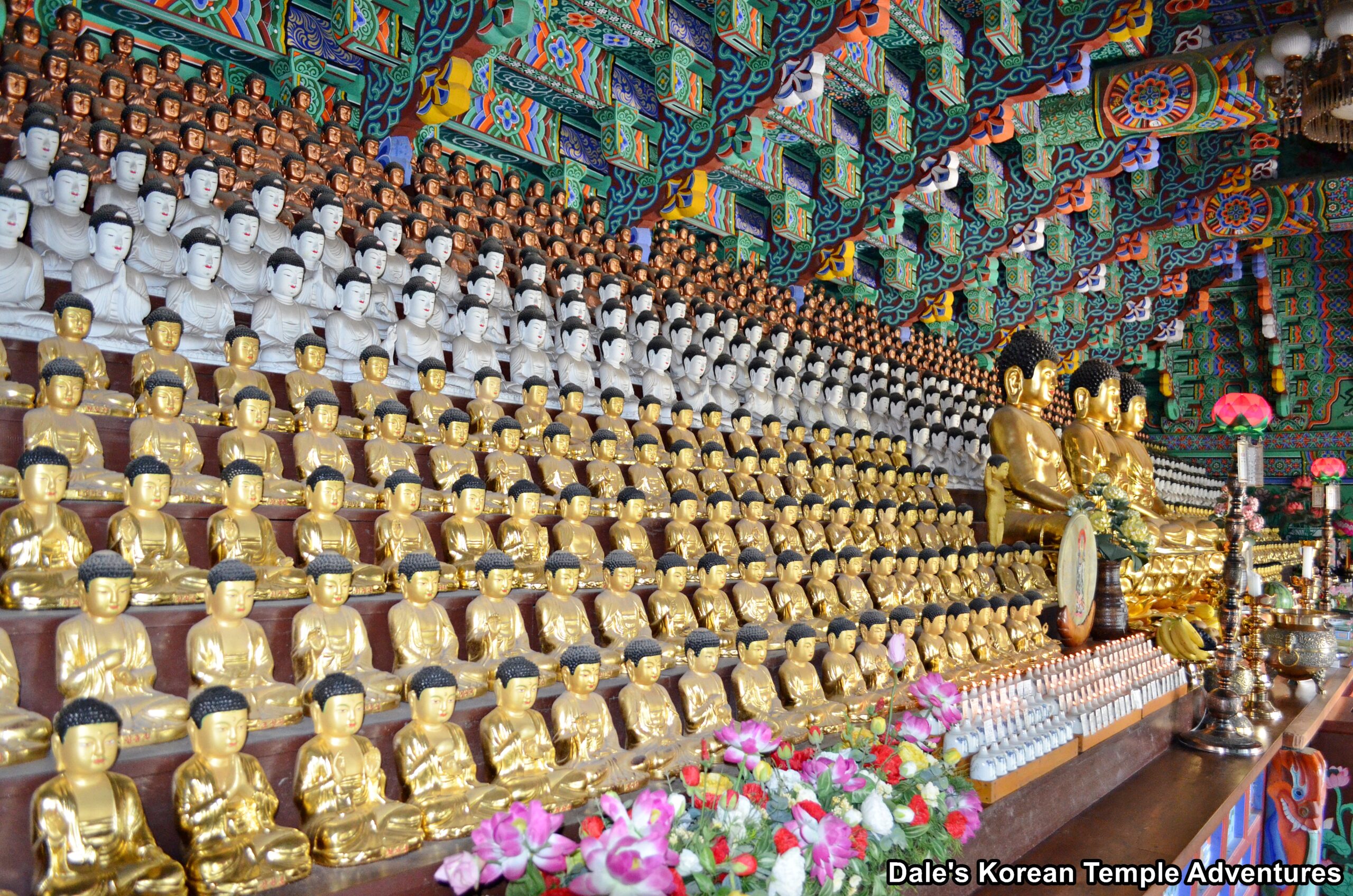
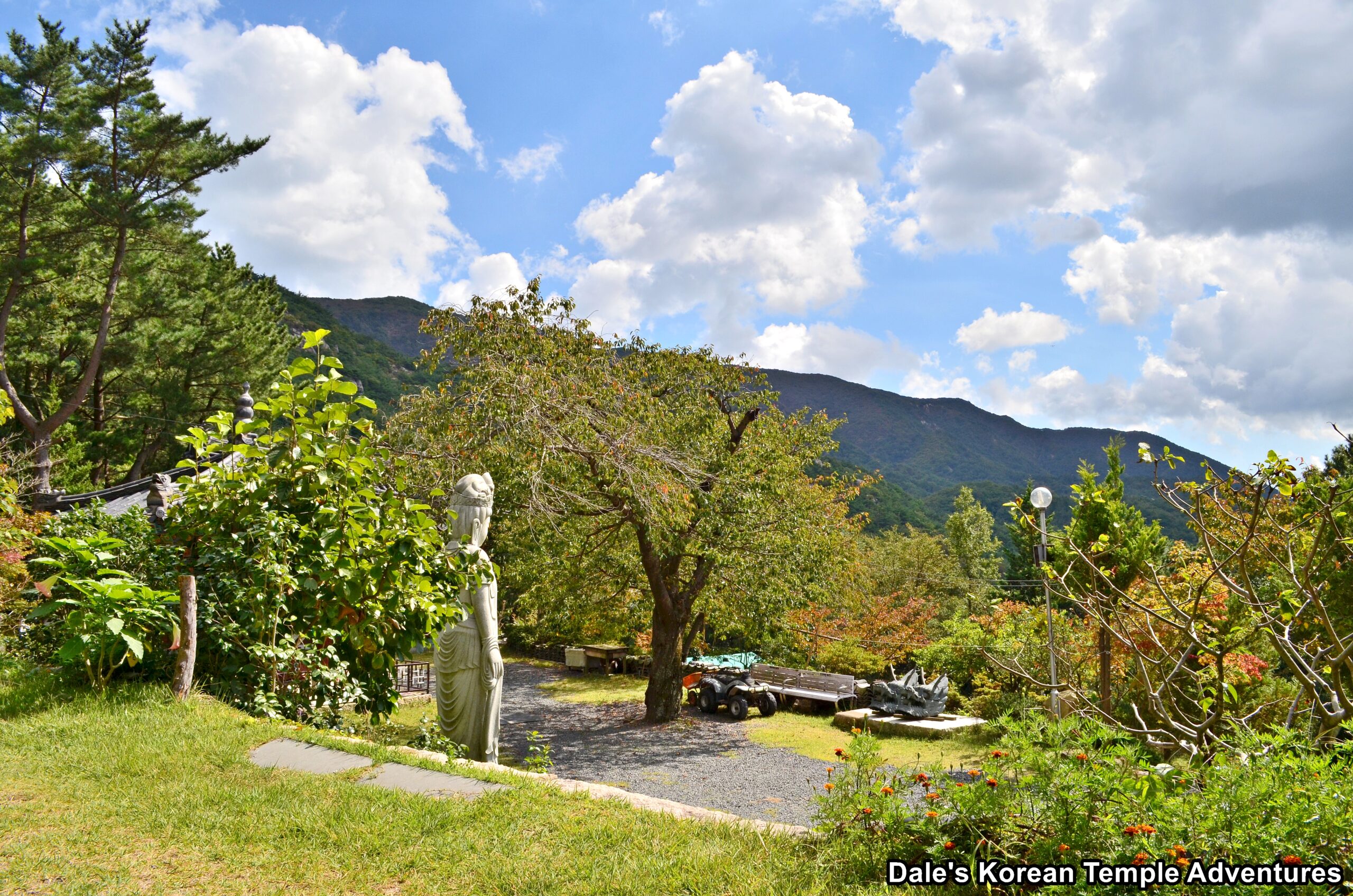
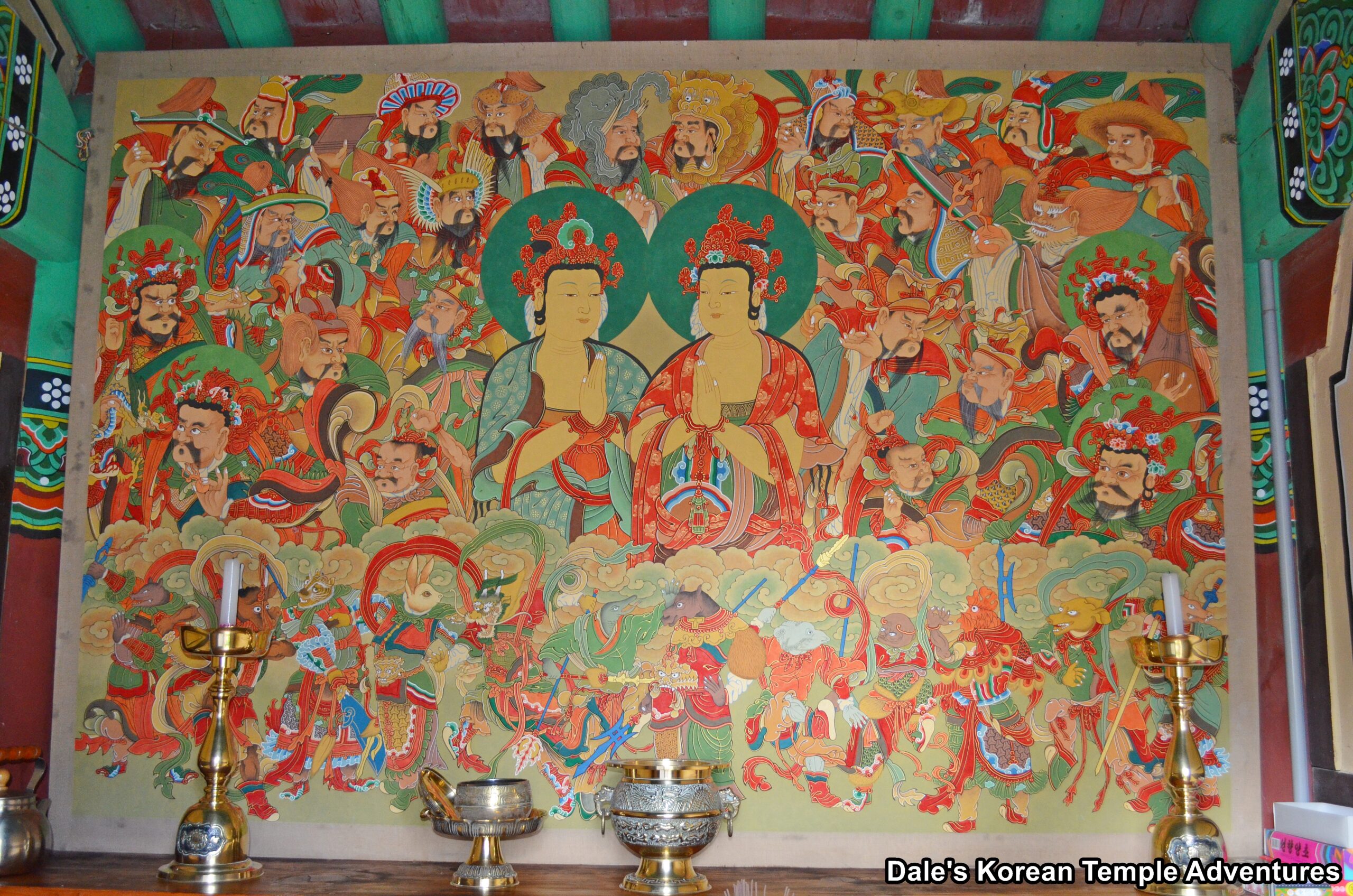
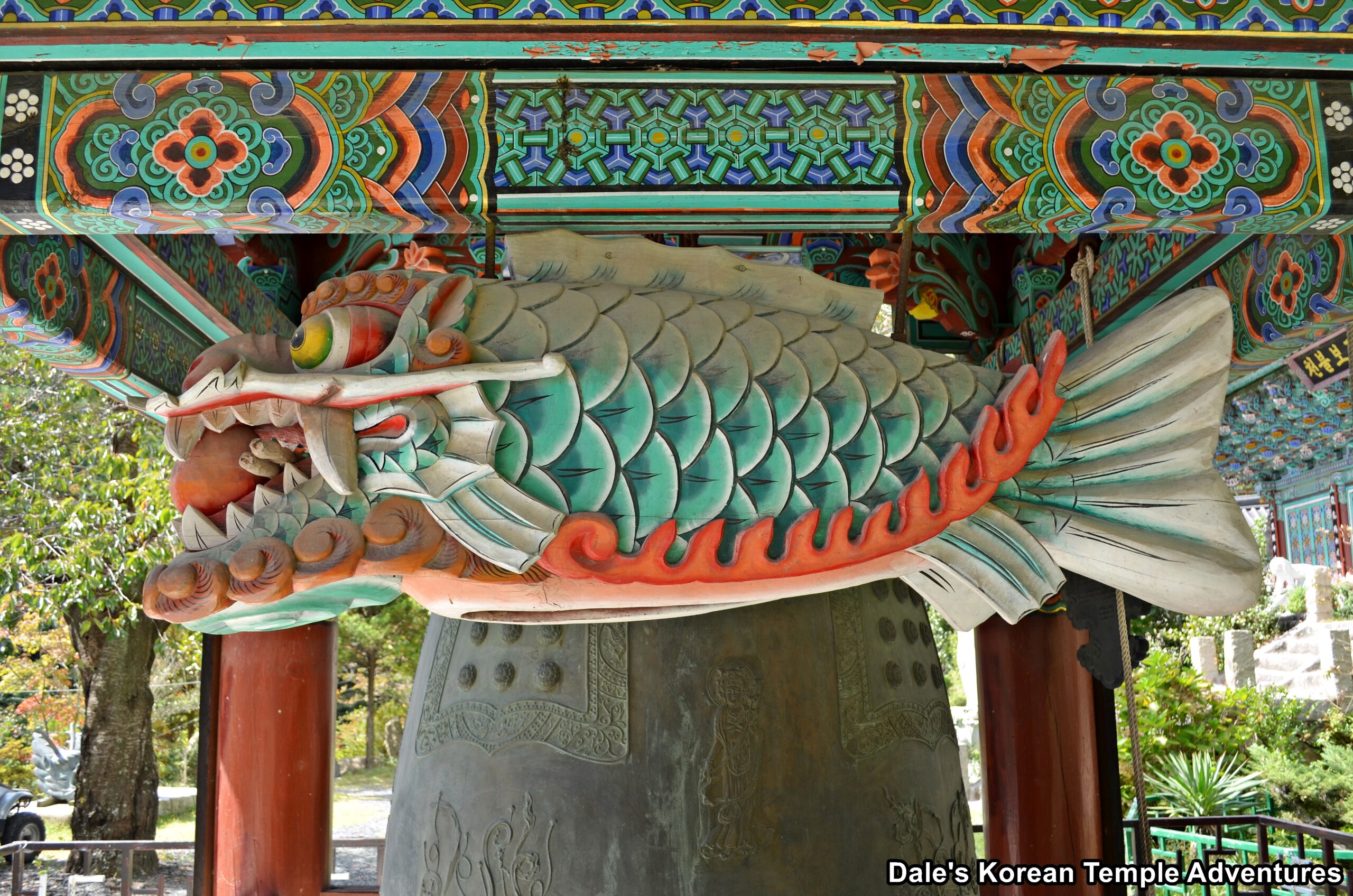
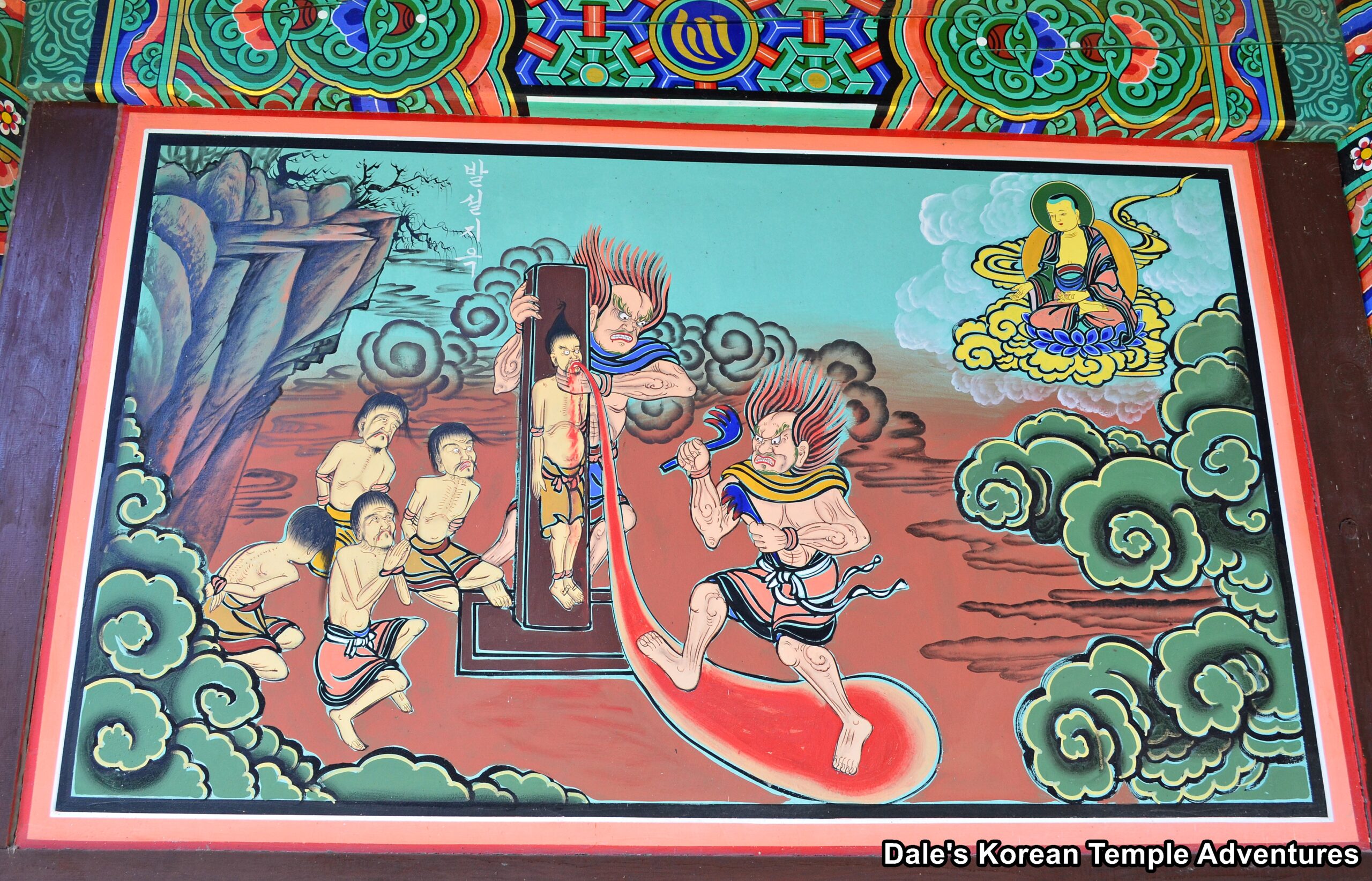
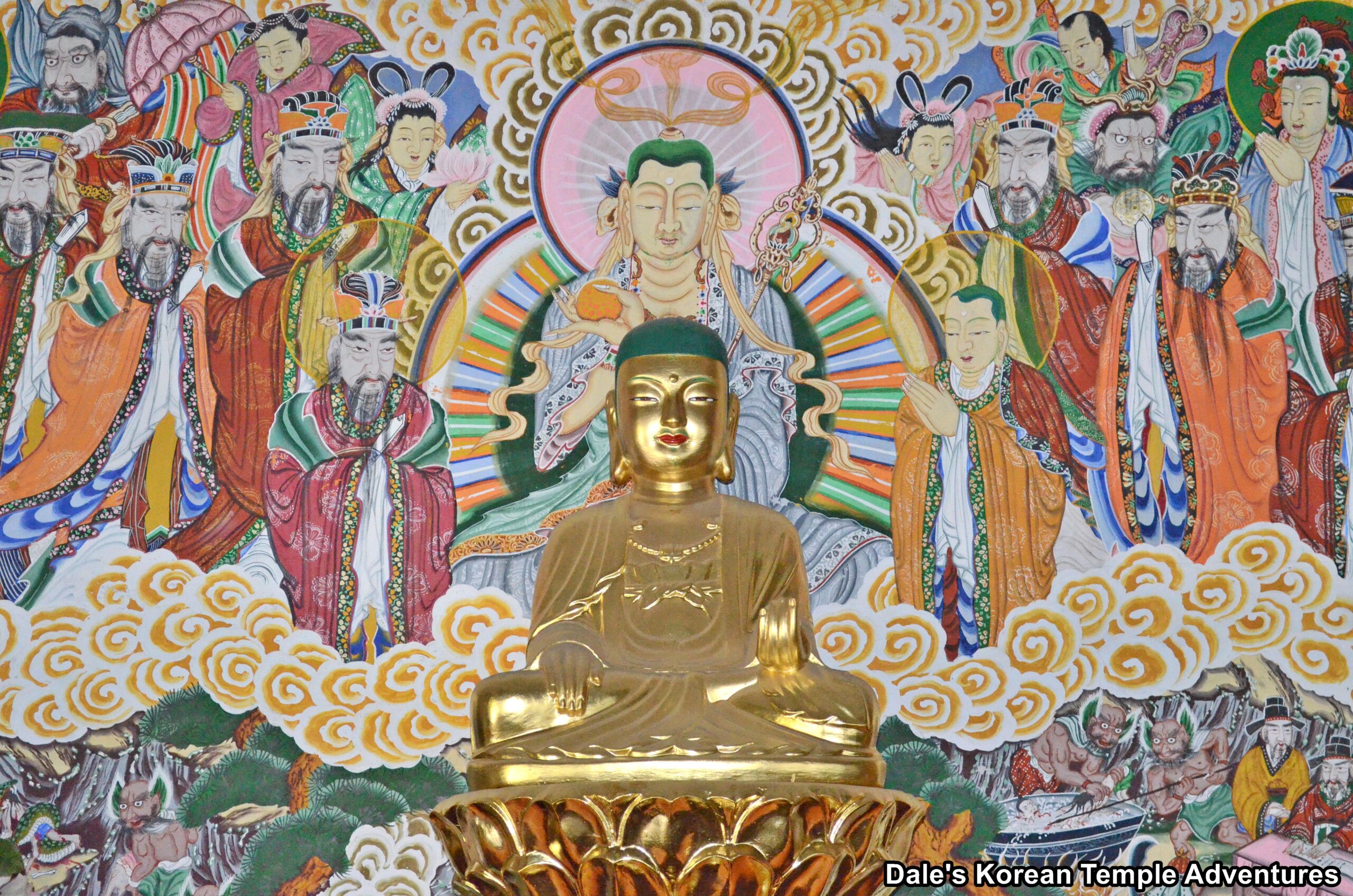
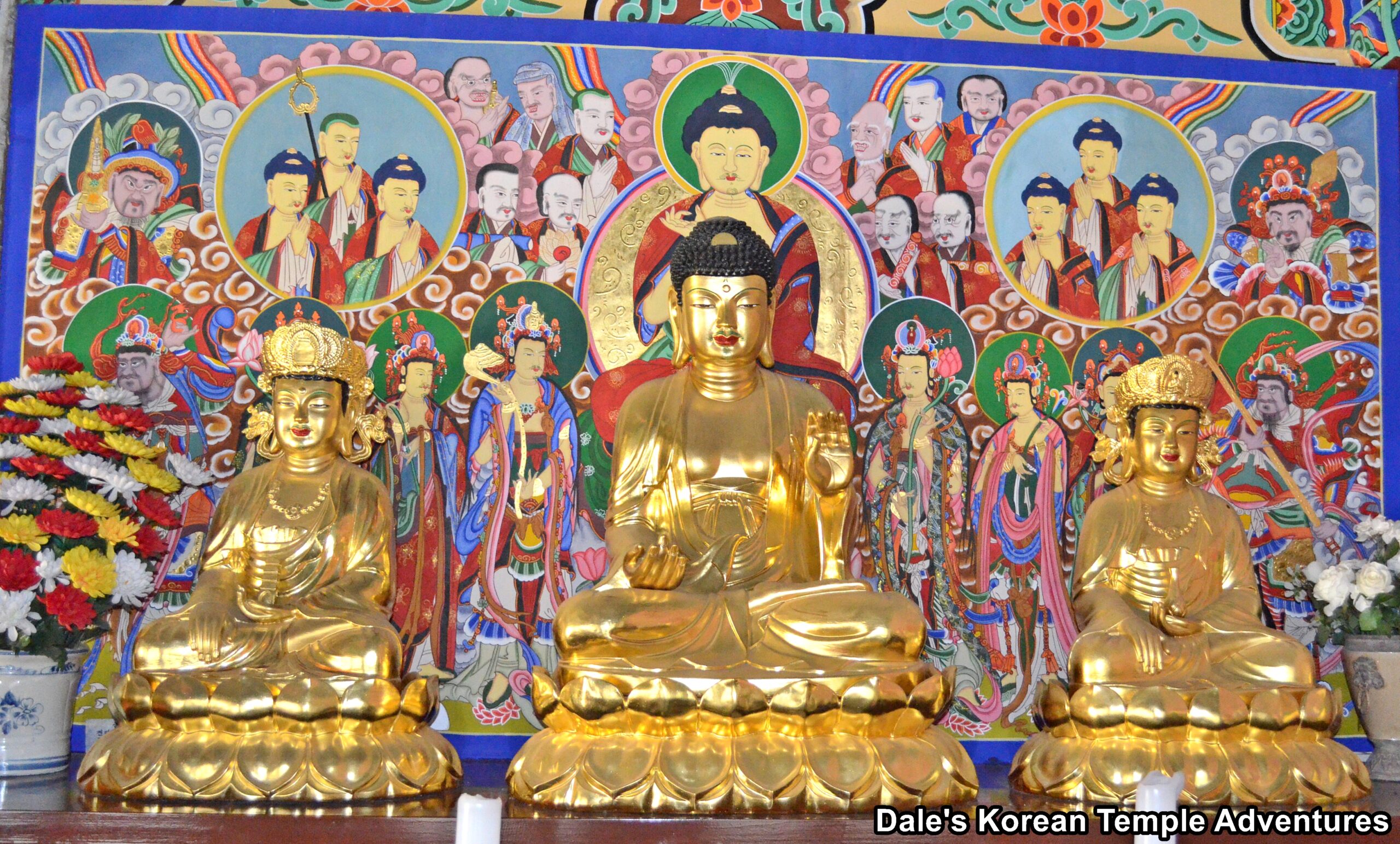
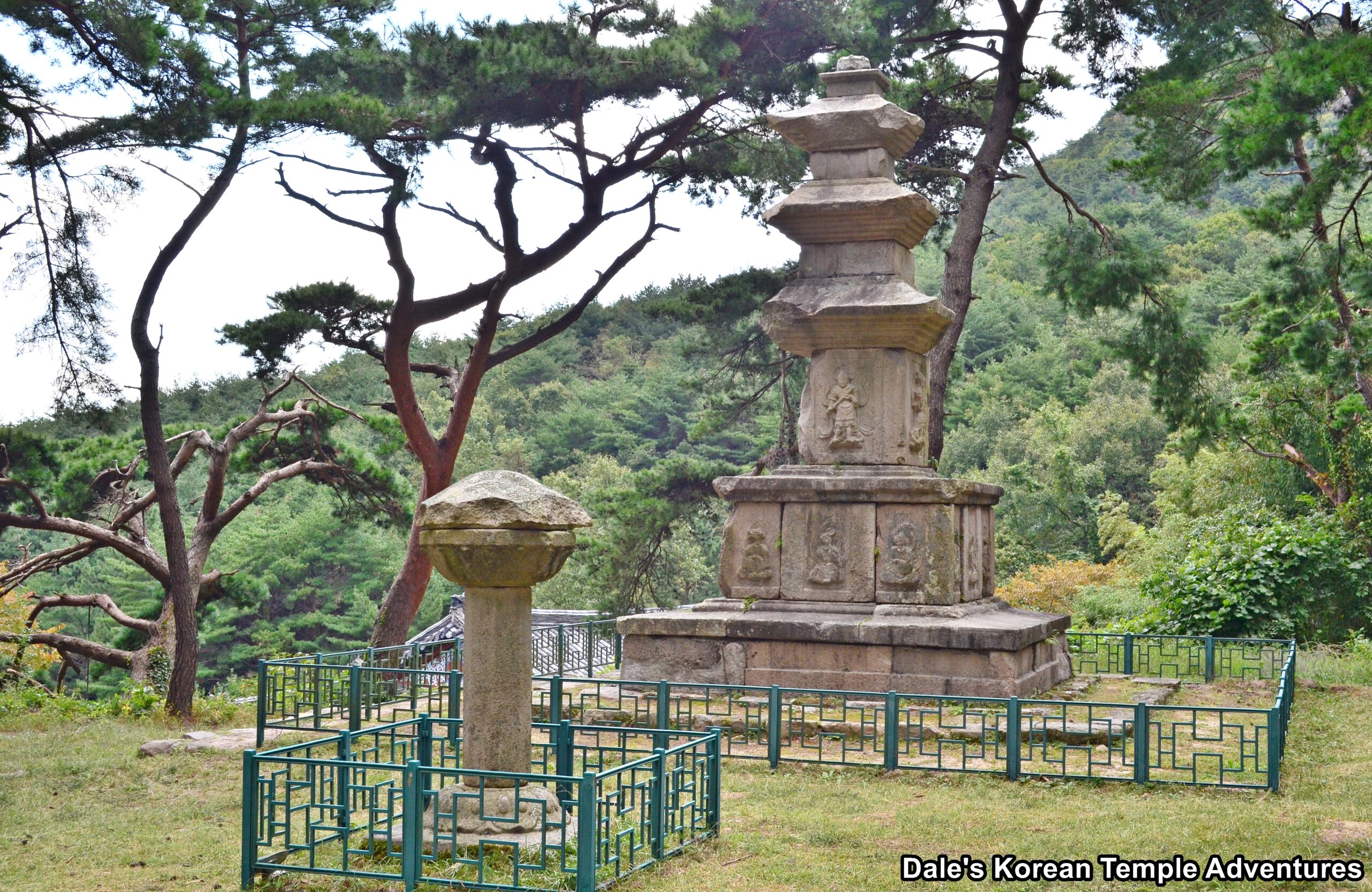
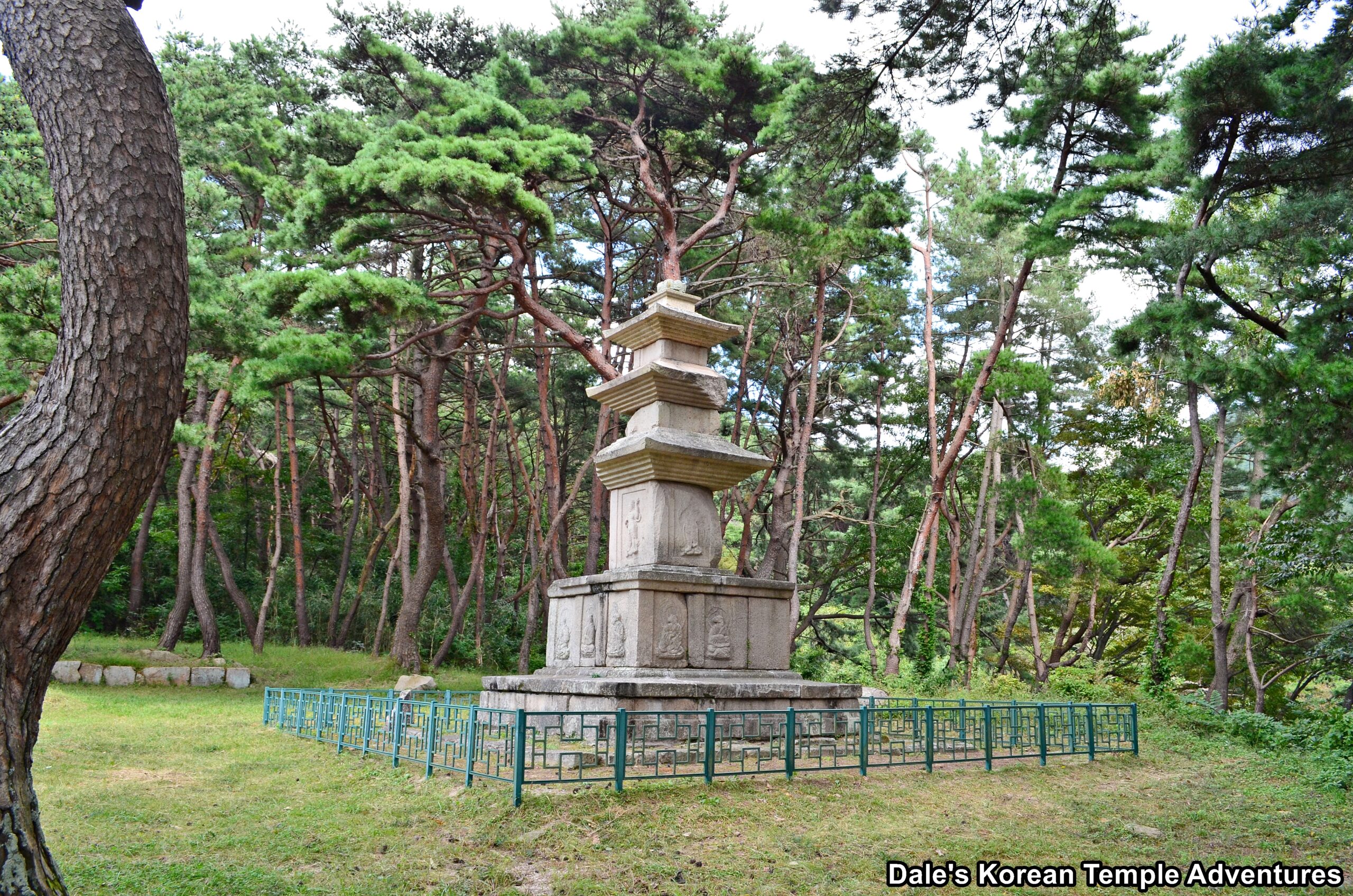
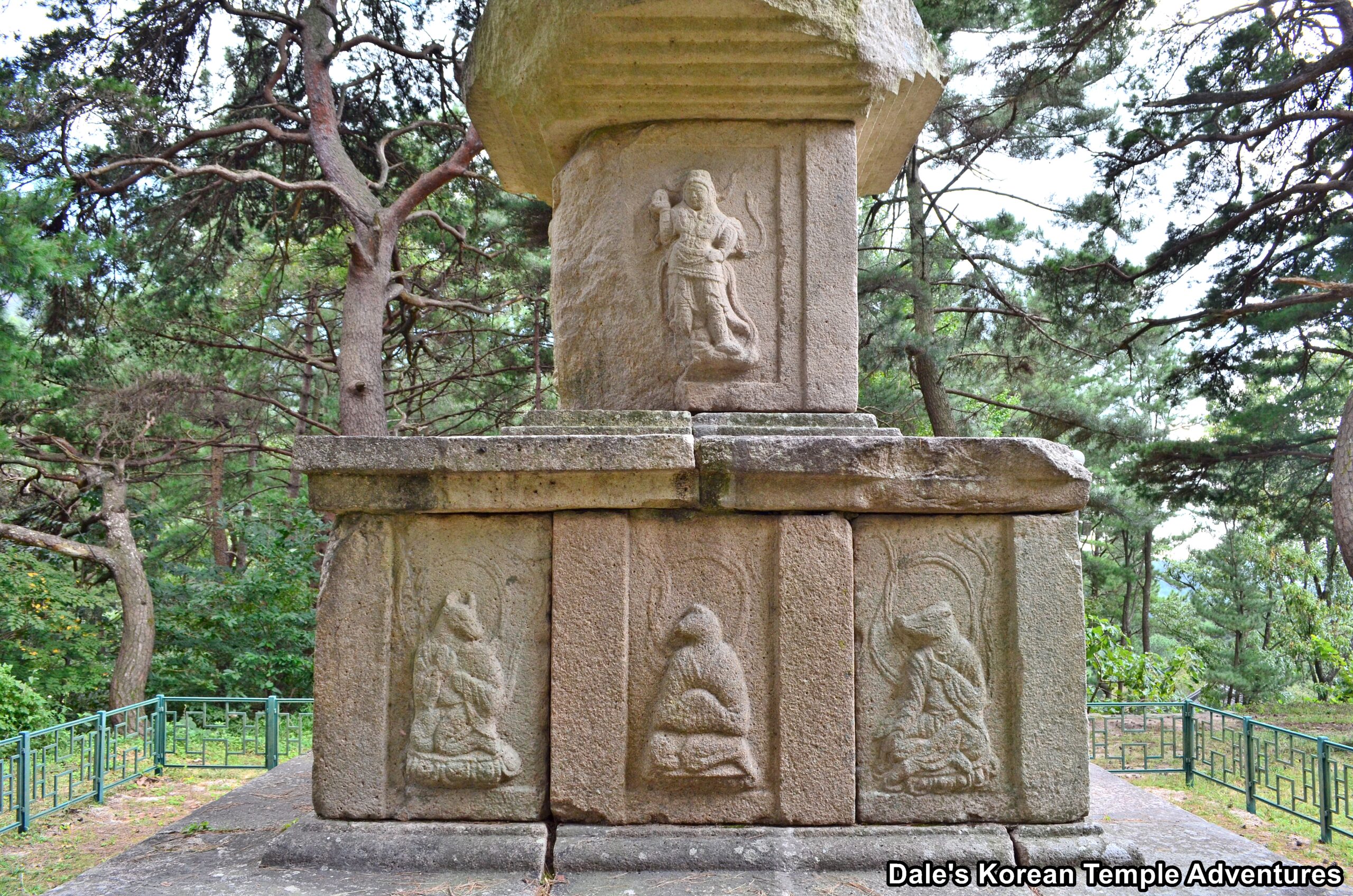
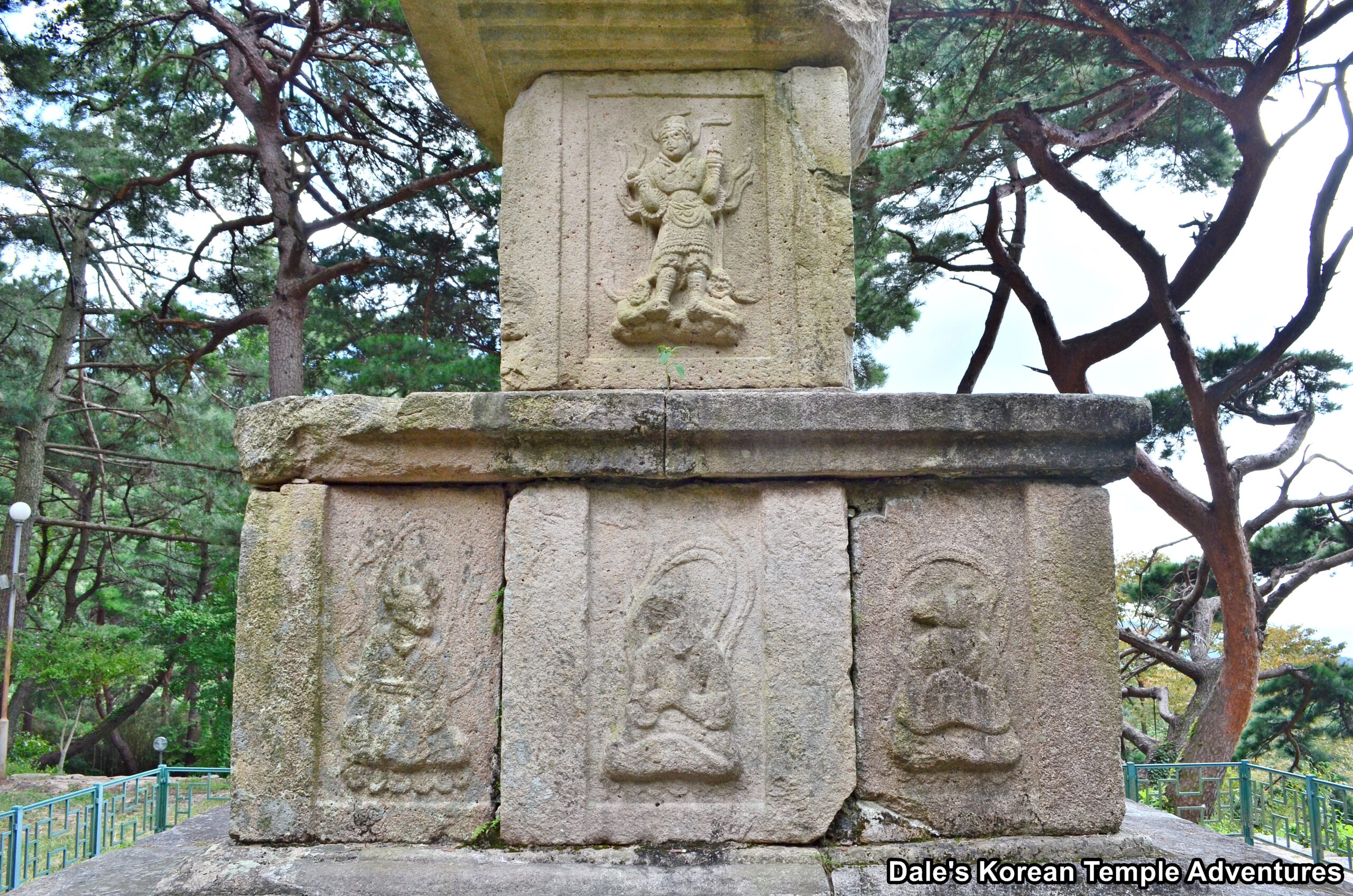
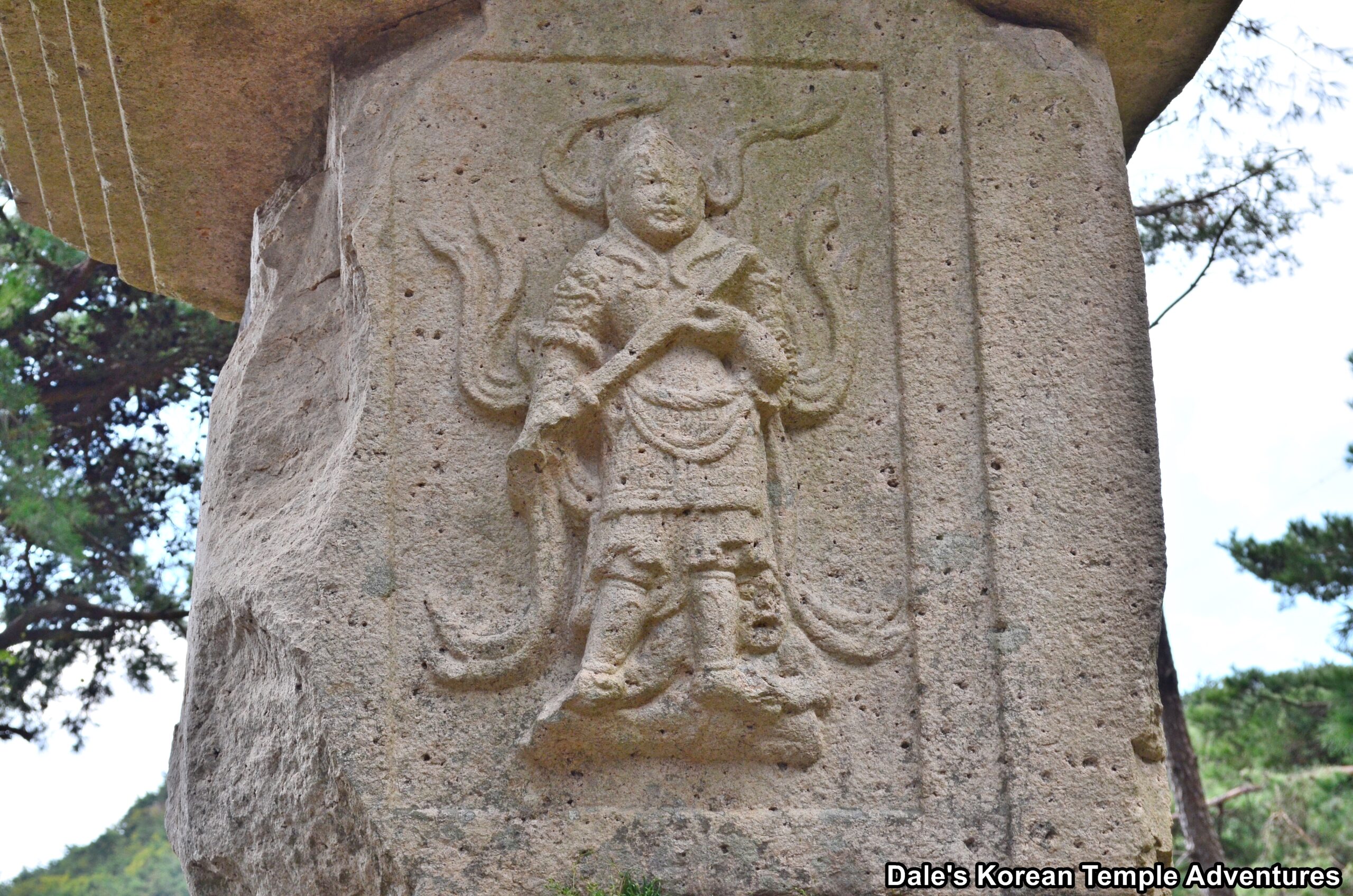


Recent comments